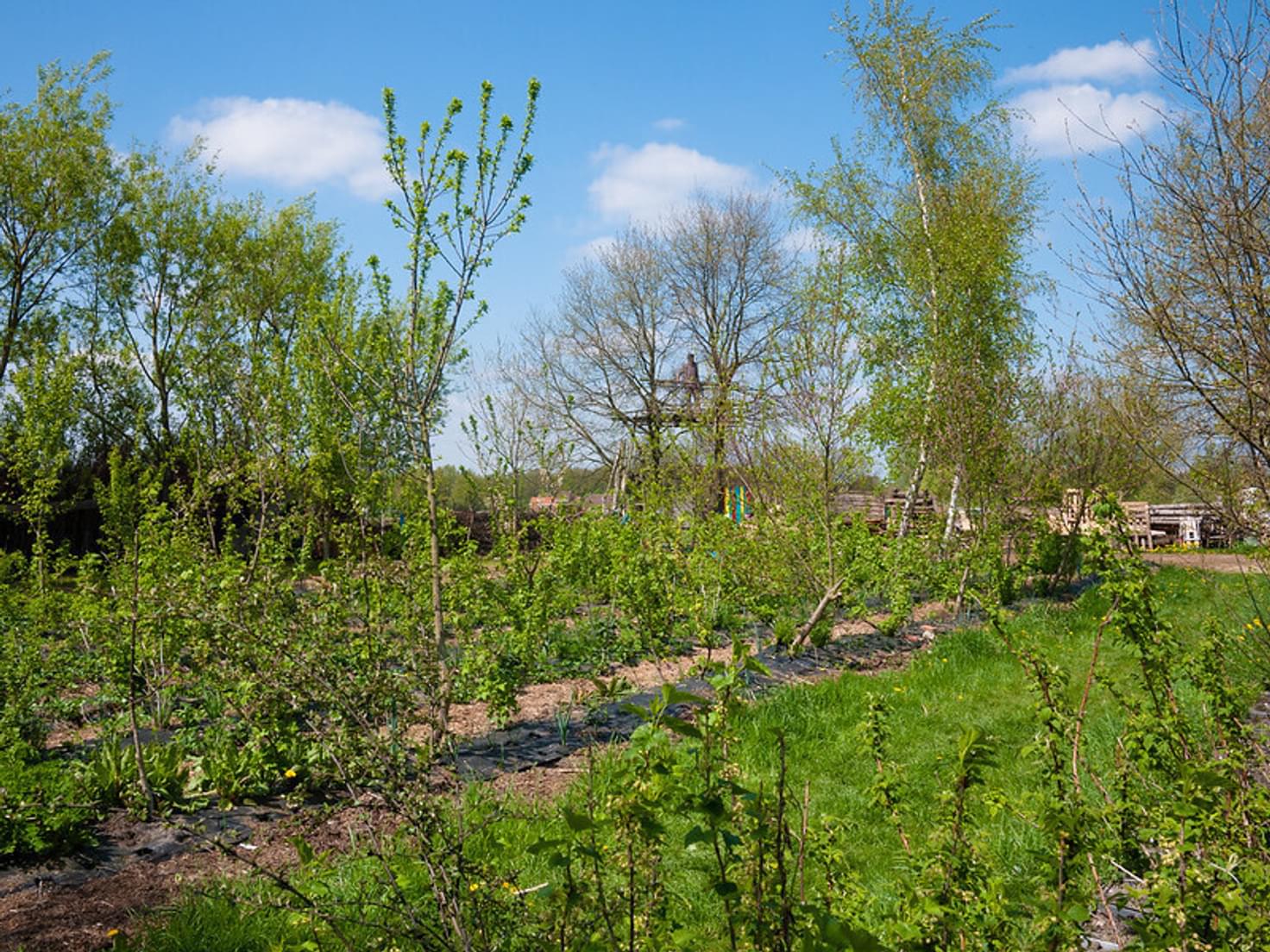
Words by Tess Becker
Smiley News previously covered a food forest in an Arizona neighborhood that served as a community pantry supplying fresh fruits and veggies for residents while also offering shade from the strong sunlight in the desert state.
Other cities around the US are trying the concept in order to bring fresh fruits and veggies to their communities at little to no cost. One of the biggest food forests in America is just a short drive from Atlanta, Georgia.
The food forests are usually situated on empty lots that feature all types of plants and shrubs that produce fruits, nuts, and other edible products. They’re built to mimic natural ecosystems with vertical integration of the plants providing shade protecting soil from erosion and providing habitat for insects, animals, birds, and bees.
“We’re not a food bank,” Elise Evans, a long-time volunteer and former board president of Food Forest Collective said, “but we do something unique where we empower people to show up. We accept all volunteers who are kind and want to have a sense of purpose in growing food together.
"It’s sort of a large-scale demonstration site. Anyone can do this in their ecosystem and we’re showing them how that can be done.”
Charity check-in
At Smiley Movement, we like to elevate the work of charities across the world. Here are three charities whose causes align with the themes in this article.
Beacon Food Forest. This is one of the largest food forests in the country. Find out more and support them here.
Cultural Survival. They are an indigenous-led nonprofit focused on empowering indigenous Americans and helping the planet. Find out more.
American Forests. A conservation organization focused on preserving and protecting American forests. Support them here.